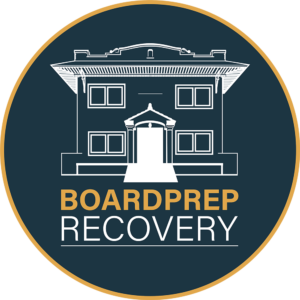With the drug addiction crisis rising, overdoses increase as well. According to the National Institute on Drug Abuse (NIDA), 70,200 drug overdoses occurred in 2017. The data reflects that out of these overdoses, the greatest increase was among people dealing with fentanyl addiction. This synthetic drug accounts for approximately 28,400 in that same year. We hear a lot about prescription pain killers, heroin, and opioids, but some people may wonder what is fentanyl?
What is Fentanyl?
Fentanyl is a prescription pain medication for extreme cases. It is a synthetic drug that mimics opioids such as morphine but is up to 100 times more potent than morphine. Because of its potency, doctors only prescribe it in extreme cases.
Normally, physicians only prescribe under strict conditions for patients who are dying with cancer. In these cases, it’s only used for breakthrough pain, meaning the patient would be taking regular pain killers around the clock but when (and if) pain would break through they would then have the fentanyl to fall back on. People who take fentanyl under a physician’s care are already tolerant to other narcotics. They may need a dose of fentanyl if their pain suddenly comes through their normal regimen of pain maintenance.
Fentanyl, often illegally produced, is also sold as a street drug. With its similarity to other more widely-known opioids and opiates, fentanyl addiction can often be treated with a stay at a heroin detox center and day-night or outpatient substance abuse treatment programs.
How Does Fentanyl Work?
Similar to other opioids, fentanyl binds to the opioid receptors in the brain and also slows down the central nervous system. The speed at which you feel the effects of the drug depend on how the drug is taken. If it’s injected or snorted it will hit the brain faster than if it is ingested as a pill. Some of the effects include:
- Euphoria (usually short-lived)
- Stomach upset
- Confusion and Sleepiness
- Constipation
- Slowed down breathing or difficulty breathing
- Unconsciousness
The Risks of Fentanyl Addiction
The dangers of fentanyl are many. A person who consumes fentanyl may not realize the power of the drug. As stated above, it’s up to 100 times more powerful than morphine. This means that someone may think that it’s comparable to a prescription painkiller and take it accordingly, when in fact that amount would devastate their body.
Another risk of taking fentanyl is that it’s a depressant so any other depressants in your system will interact with the drug making it even more deadly. For example, if you have even one drink, or take anxiety medicine, fentanyl it could prove fatal.
Finally, often times people are at risk from overdosing on fentanyl and they don’t even know it. Drug dealers mix fentanyl in with other more expensive drugs because it is cheaper to make or buy. This means more profit for them but the greater risk for the person taking the drug. So a person who buys heroin may be actually getting heroin laced with fentanyl. All too often, this is a toxic combination.
Not only is there an immediate risk to the body, but there are also long-term risks for addiction. When dealing with fentanyl addiction, the safest way to come off the drug is by going to a Medical Detox Center.
Welcome to BoardPrep Recovery Center®
Introducing BoardPrep Recovery Center® where our qualified staff has the expertise to guide you through the detox process. We also provide much more than detox. At our addiction treatment facility, we provide day-night and outpatient programs that help you build towards long-term sobriety. These programs are built on evidence-based addiction treatments and therapeutic modalities chosen for your needs. Some of the therapies included in our program include:
- Men’s Addiction Rehab
- Women’s Addiction Rehab
- Partial Hospitalization Program
- Intensive Outpatient Program
- Long-Term Drug Testing and Monitoring
Don’t wait until fentanyl has stolen your life. Now that you know what is fentanyl, seek the treatment to overcome your addiction. Contact BoardPrep Recovery at 866.796.4720, and we’ll walk with you along the pathway to healing.







